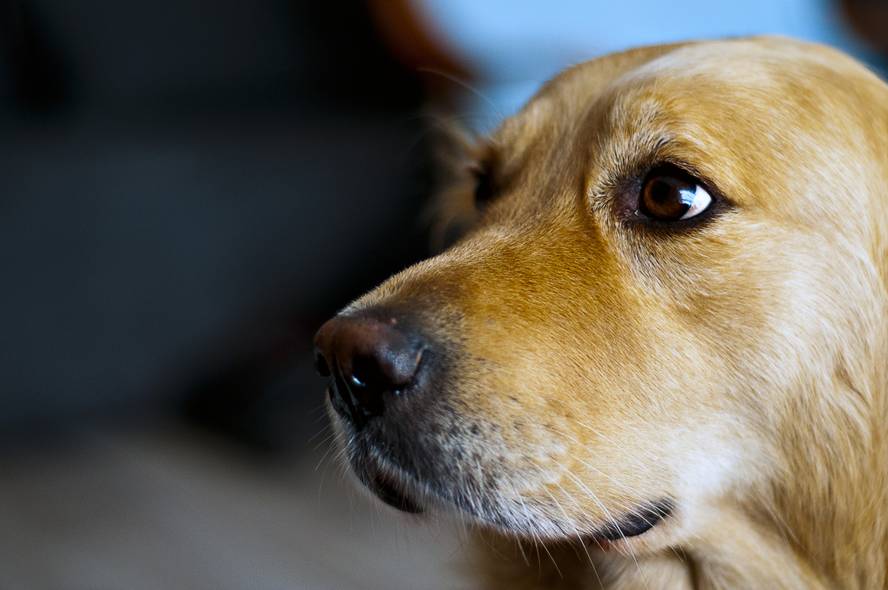Best friend
Experts disagree when the dog became the man's best friend. According to some, more than 17,000 years ago, in the Paleolithic, when man was a hunter. It is the hypothesis that advocates, for example, the finding of primitive dog fossils in places where many hunted mammoth bones accumulate. Others, however, claim that domestication took place in the Neolithic, that is, 17.000-7,000 years ago, when man became a farmer and farmer.
Nor have genetic studies fully clarified the debate. Comparing the genomes of dogs with other family species, some place the dog's foundation in Europe and others in Asia. In addition, the evolution of the species has not occurred in a straight line, but has occasionally been mixed with wolves and other relatives who have left a mark on their genome.
What is clear is that the dog is not a domesticated wolf, but both come from the same distant ancestor. Among the genetically differentiating characteristics are those related to the ability to assimilate carbohydrates: dogs have more facility than wolves, since they produce more enzymes amylase and maltase.
Although there are numerous genetic studies on where and when the dog is domesticated, there are not so many about its nature or behavior, although it is one of the highlights that distinguish it from the wolf. Anyway, there is one very striking: apparently, the genetic basis of the friendship of dogs is very similar to that of a syndrome that causes an excessive human population.
This syndrome is called Williams-Bbere. It affects one in 20,000 people, with a special face, cognitive alterations and a disproportionate society. The origin of the syndrome is genetic, specifically in one of the 7 chromosomes the loss of a certain part.
Our 7 chromosomes match 6 dogs. Thus, researchers at the University of Oregon have studied this chromosome and checked what happens in this part. And they claim it is similar to 7 chromosomes with Williams-Beu syndrome. They have even shown that this genetic feature is related to the friendship of dogs.
The researchers explained that the presence of a certain genetic variety behind the canine massacre has contributed to a rapid separation of wolves. From there, people have fostered other behaviors, often associated with tasks: protecting a restricted area, caring for their own, hunting... Everyone is at the base, but seeking the friendship of the human being.







